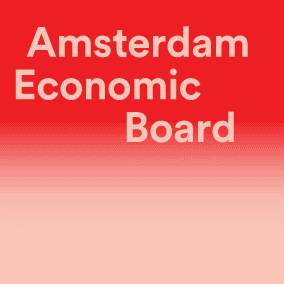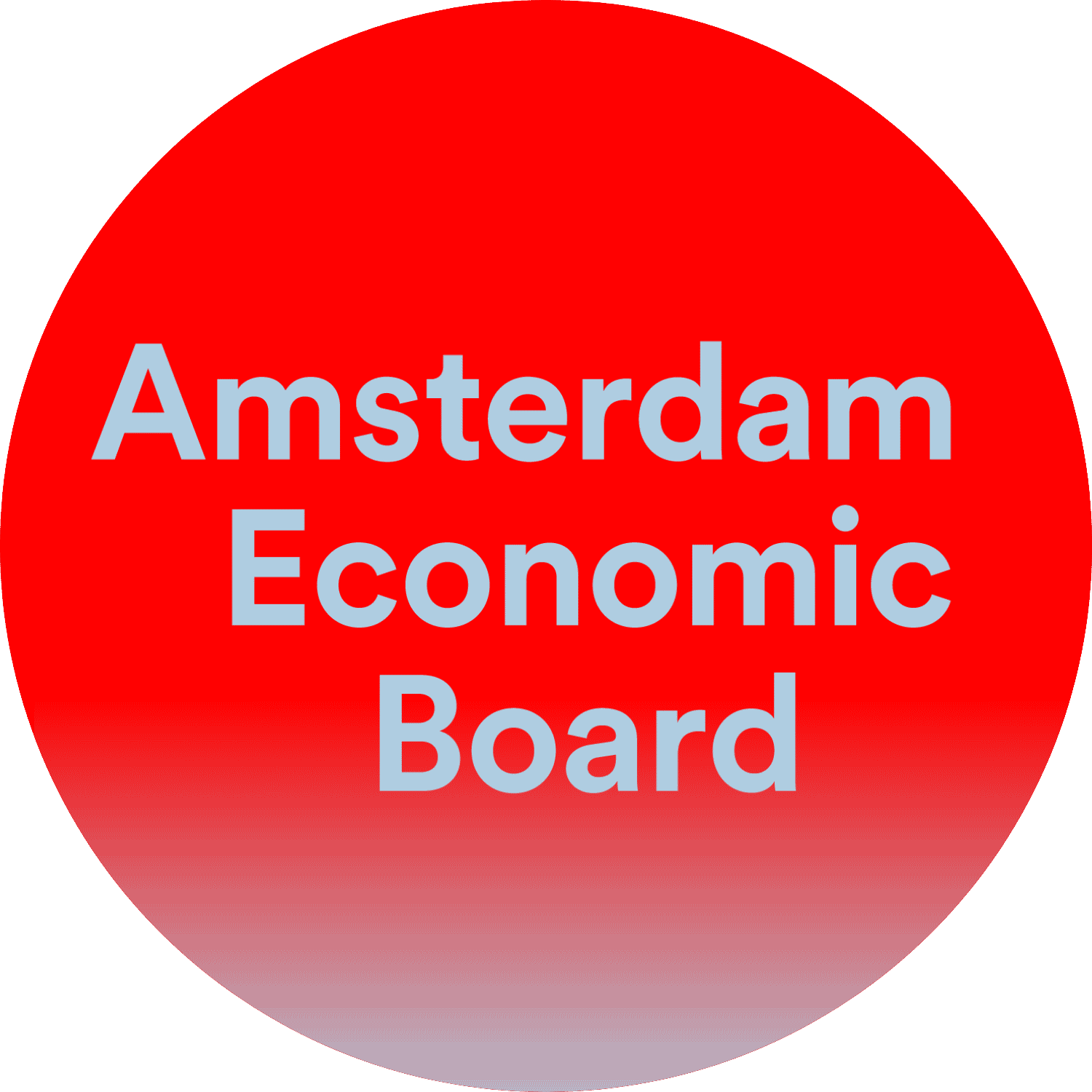More roads lead to smart and clean city logistics
Historical quays are collapsing, the first particulate matter refugees have reported and narrow streets are lined with traffic jams with polluting vans and trucks; we now really need to get started with smart and clean city logistics in the Amsterdam Metropolitan Area.
At the initiative of the Amsterdam Economic Board, they signed last spring more than 50 parties from the Amsterdam metropolitan region the Green Deal Zero Emission City Logistics (GDZES). A signal that companies, municipalities, provinces and research institutions in the region now really want to take steps towards smart and clean city logistics.
Why smart and clean city logistics?
Every day, often half-full, polluting trucks and vans drive through and to our cities in the region: supplying the catering industry, supermarkets, construction sites, waste collection, mail and parcels, catering and stocking offices, etc. This not only leads to undesirable CO2 emissions and air pollution, but also to great pressure on public space in (historic) city centers and neighborhoods. In order to achieve the CO2 targets of 2050, freight transport will increase compared to 1990 a factor of six must gain in CO2 productivity by 2050. One third of the CO2 emissions from freight transport is due to the large international flows to the European hinterland, one third to national transport and one third to the supply to cities: city logistics!
How can we make city logistics in the MRA cleaner and smarter?
As described above, city logistics has many segments. Each with its own specific products to be transported and logistics flows. In order to achieve smart and clean city logistics, regional governments, the business community (both the transport sector itself and the companies that want to be supplied daily) and research institutions (there is still a lot to study within city logistics) will have to join forces!
With the signing of the Green Deal Zero Emission City Logistics on June 19, this collaboration was concluded. Now it is important that everyone takes his / her responsibility and makes joint efforts: municipalities, provinces, transporters, shippers, research institutions, companies and institutions, vehicle manufacturers, SMEs, etc.

signing green deal ZES – 19 June 2019
What can parties in the MRA do in concrete terms?
It business is up for action in various ways. Vehicle manufacturers will (start) entering the market more quickly with new clean vehicles. The carriers will have to invest in the purchase of these clean vehicles. Incidentally, the large hauliers succeed faster than the SME companies and so-called ‘own hauliers’, who will also have to move along. Companies (from ‘corporates’ to local restaurants) and institutions (from hospitals to educational institutions) can set purchasing requirements for their suppliers in order to be supplied fully loaded and with zero emissions from now on. This can be done individually, but also jointly within one area.
We still do not know enough about all segments within city logistics: the daily flows and movements, the origin and destinations of the various goods, the load factor of vehicles, the ordering behavior of consumers, the effects of policy measures, the level of emissions of (parts of) city logistics, etc. Rural knowledge institutions such as TNO and KIM, but also regional parties such as the AUAS, UvA, VU and AMS, have a crucial role to play in researching this, explaining the results and sharing them with governments and the business community.
The MRA municipalities and provinces it is up to them to make (regional) agreements about policy on:
- the establishment of (announced in the Climate Agreement) zero emission zones in 2025
- availability of electric charging points in combination with the increasing local energy demand
- development of regional ‘logistics hubs’ on the outskirts of cities
- stimulate hydrogen as zero emission fuel in the medium to long term
- permit requirements for clean construction logistics
- setting window times for replenishment
- stimulating ‘privilege policy’ for clean carriers
- (regional) subsidy for the purchase of zero-emission vans
- greening of its own vehicle fleet
watch here the video that we made for congregations; with 7 tips to get started quickly with smart and clean city logistics.
The role of the Amsterdam Economic Board
Signing is one thing, now is the time to take action together. That is why, following the signing, the Board is organizing a series of Meetups around the Green Deal Zero Emission City Logistics. The aim of these GDZES Meetups is to inspire each other as regional authorities, the business community and knowledge institutions, to share ideas, knowledge and experiences, to bring new initiatives to the attention and – last but not least – to meet new people and parties that you can work with together. can pull to make city logistics smart and clean.
Contact
Would you like more information or to contribute to the Green Deal ZES MRA? Take a look at this web page or contact our Challenge Lead Mobility, Richard Hoving
10 september 2020
Meer weten over
Neem contact op
Blijf jij ook op de hoogte?
8x per jaar nieuws en events uit de regio: schrijf je in voor de Board Update nieuwsbrief
Deel dit artikel
Wil je op de hoogte blijven?
Volg ons dagelijks op LinkedIn en schrijf je in voor de Board Update nieuwsbrief.
Lees ook deze berichten
- Met de selectie van vier kanshebbers is de regionale voorronde van de ...
- Met meer dan 80 ondernemers, 40 investeerders en diverse dienstverleners bood LSH Capital Match ...
- In tijden van geopolitieke spanningen, technologische revoluties en politieke onzekerheden is het ...

